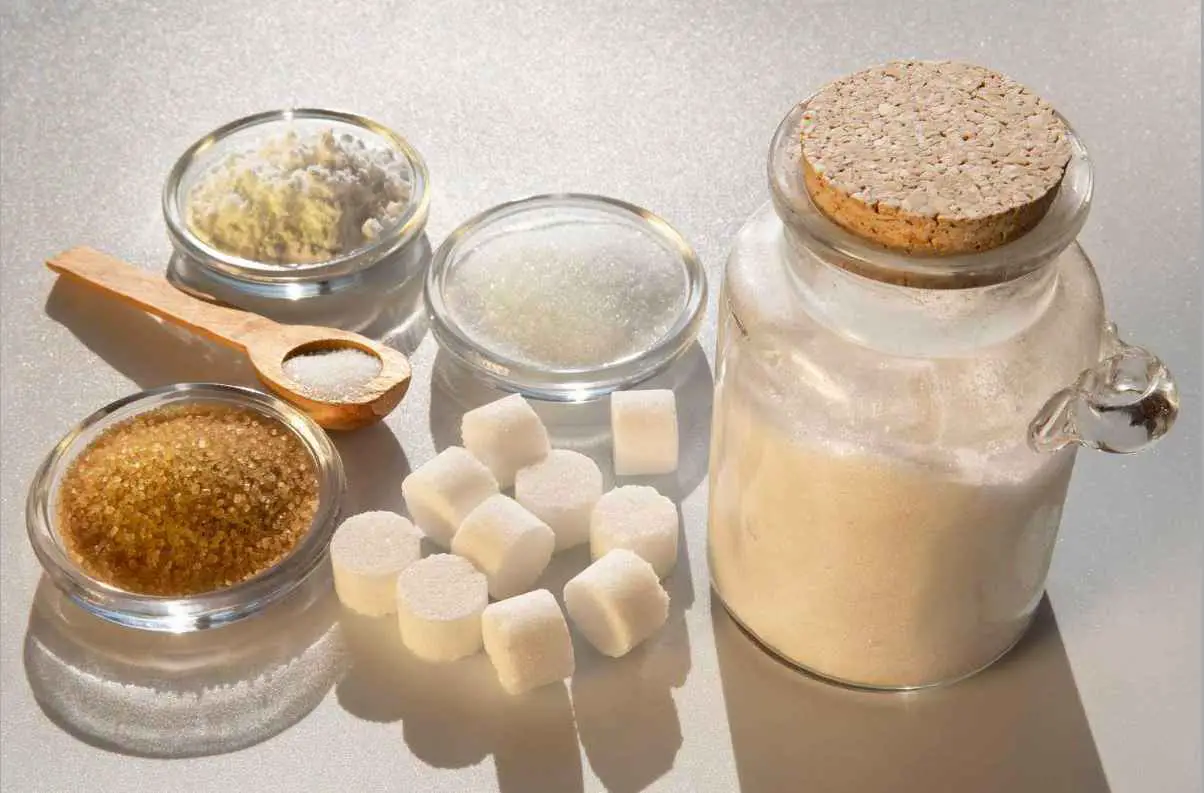Sugar is a vital ingredient in baking. But can you actually bake without sugar? What does sugar do to baking? You may be asking yourself. This article answers your question by explaining the various types of sugar used in baking and their effects. It also clarifies sugar’s role in baking.
Various types of sugars and their effects
Granulated Sugar
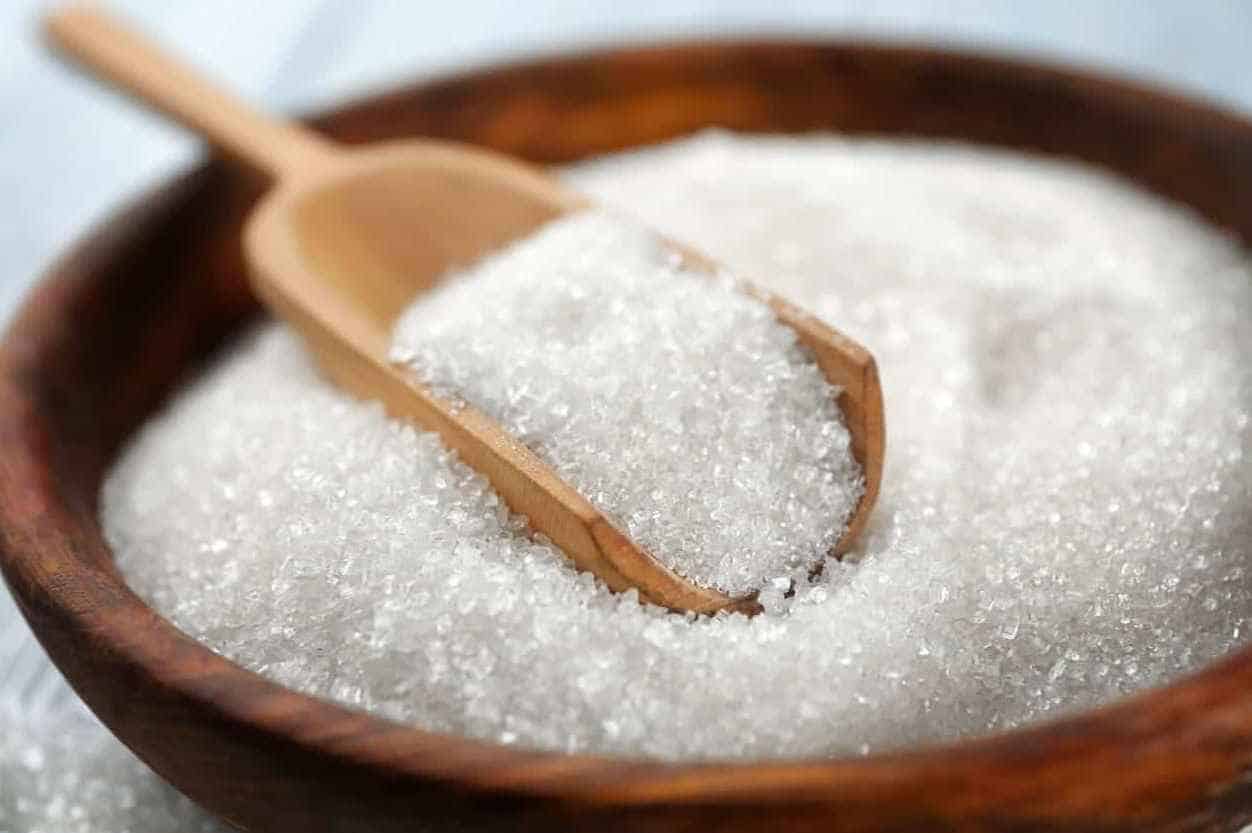
Granulated sugar is the most common type of sugar in baking. It is made from sugarcane or sugar beets processed to produce juice, which is concentrated and dried to form sugar crystals.
Granulated sugar easily dissolves in water, making it ideal for most baked goods. It is perfect for baking as it provides sweetness and enhances flavors in other ingredients, such as vanilla. It also gives a definite structure to baked goods by making them rise to create a light and tender crumb.
Brown Sugar
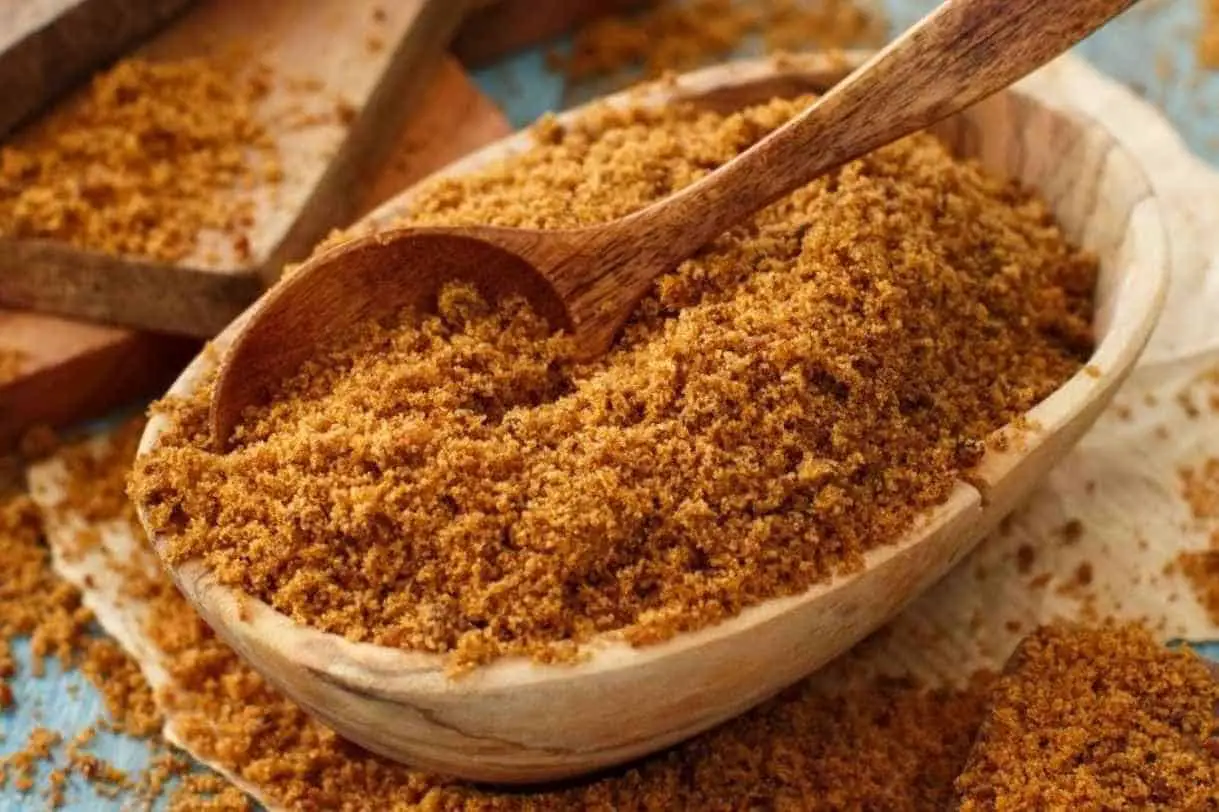
Brown sugar is almost similar to granulated sugar but slightly darker and coarser in texture. It is made by mixing granulated sugar and molasses.
Brown sugar is a primary ingredient in baking goods such as muffins, cookies, and cakes, as it adds profundity and complexity to baked products because of its humid nature.
It works better than granulated sugar because its moisture content is higher. It also adds darker color to baked goods because of the molasses color.
Powdered Sugar
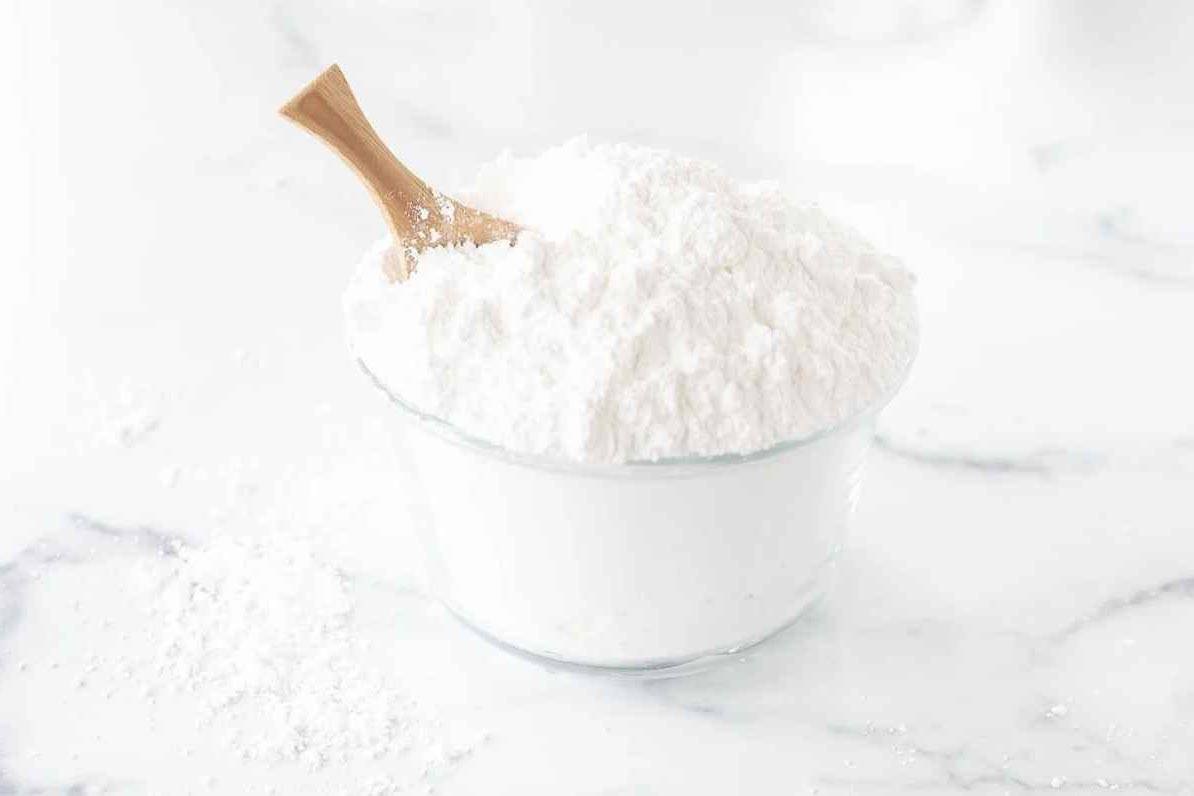
Powdered sugar is processed and ground granulated sugar. Sometimes, people confuse and use it interchangeably with confectioner’s sugar, sugar with added cornstarch.
Due to its ability to dissolve faster in liquids, powdered sugar is used in making the icing of baked goods such as cakes. Bakers prefer powdered sugar to make cream foams to normal granulated sugar because it easily dissolves in the chilled cream without leaving a grain-like texture.
Confectioner’s Sugar
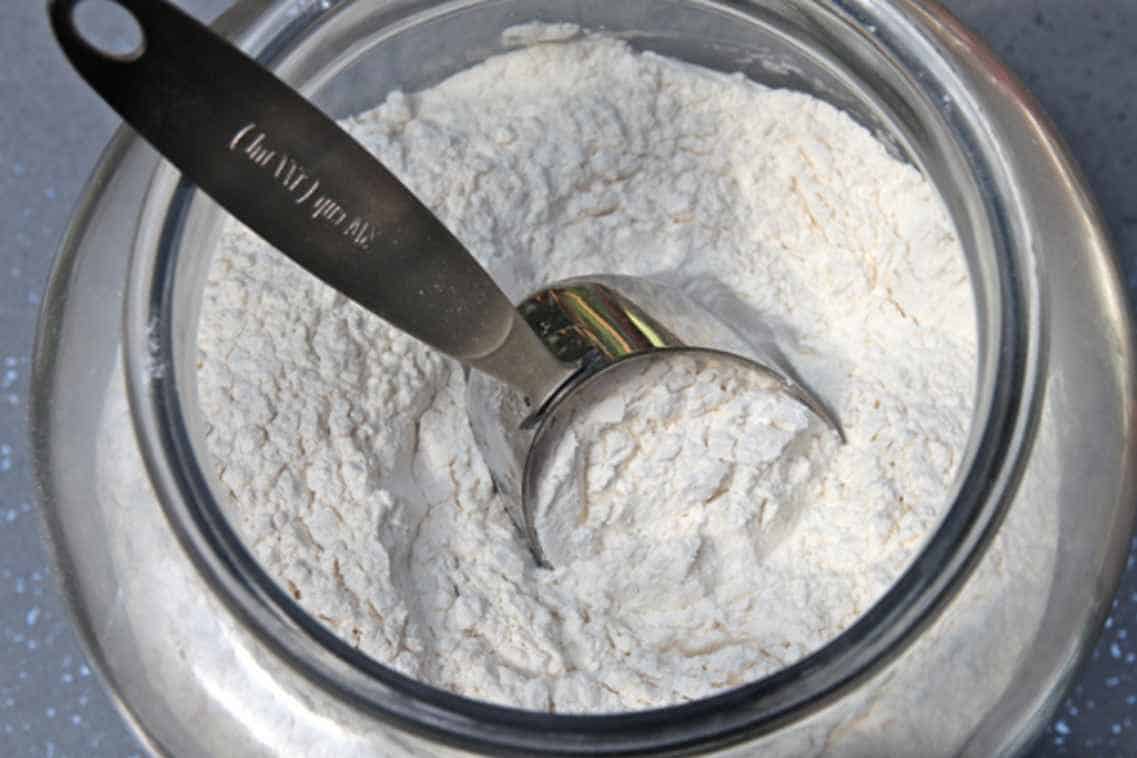
Confectioner’s sugar is granulated sugar that has been ground into finer particles and added cornstarch which prevents it from clinching together.
The sugar comes in various levels of fineness depending on the recipe you desire. For instance, there is X4, X6, and X10. The higher the number, the finer and more processed the sugar is.
Confectioner’s sugar is used for baking recipes that require an even and lump-free texture, such as meringues, frosting, and glazes. It is also used to dust baked goods because of its fine texture, providing a light but sweet coating. It can also flavor essences and extracts to add flavor to baked goods.
Honey

Honey is a type of sugar produced by honey bees from flower nectar. Honey adds flavor and sweetness to baked goods and also contributes to their texture by adding moisture.
The moisture honey adds to baked goods is more natural than other sugars. Hence contributing to the longer shelf-life of products such as cookies and bread.
Maple Syrup
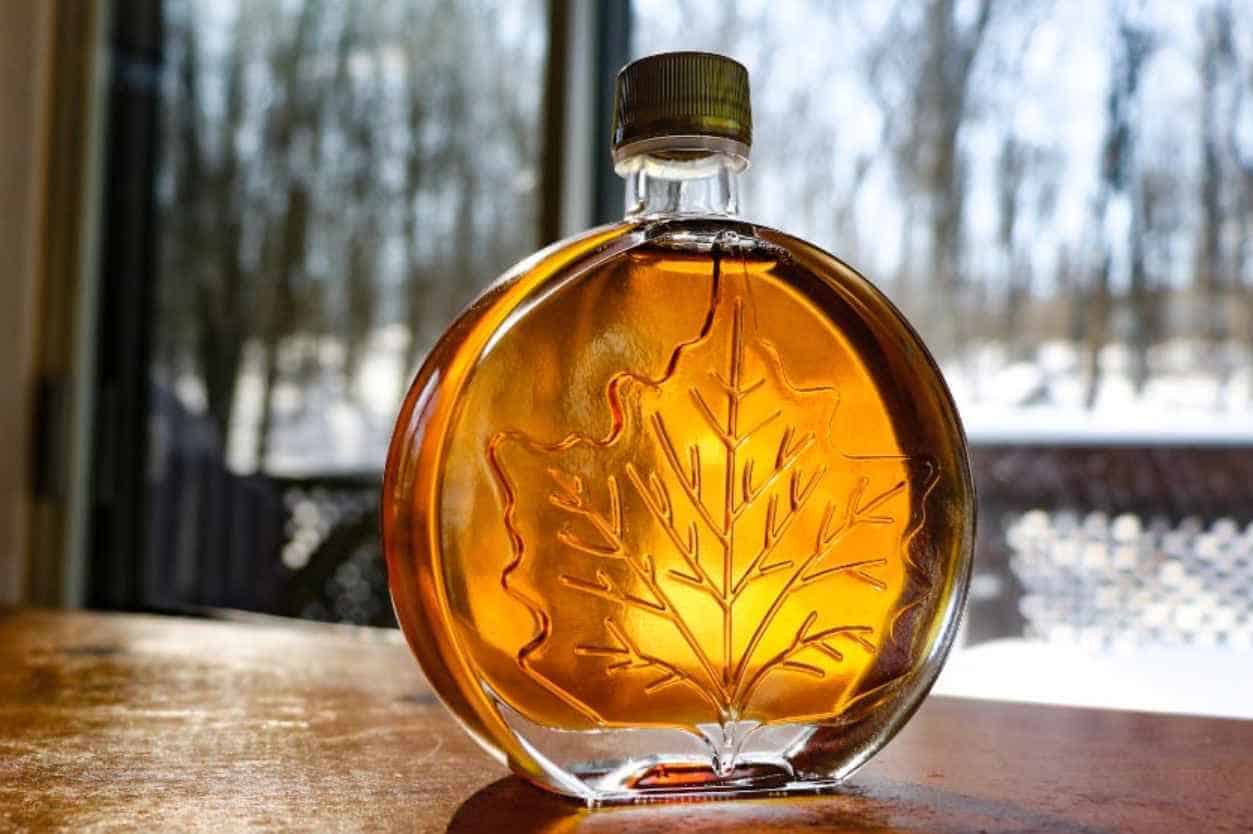
Maple syrup is the kind of sugar that is sweet and gluey and made from maple trees’ sap. In baking, maple syrup is popularly used as a sweetener.
It can substitute for other sugars, such as granulated sugar and honey, adding a distinctive taste to baked goods. Maple syrup also contributes to the texture of baked products by keeping them soft and moist by helping to retain moisture.
Overall, the six types of sugars are significant in baking as they all have their specific role in your recipe. Sometimes, you may prefer one type to the other, while some recipes will require you to mix.
If you want the most natural kind of sugar, go for honey and maple syrup. Don’t forget to watch their quantity as they are concentrated and should be used in moderation. Now let us look at the role of sugar in baking.
The role of sugar in baking
Baking recipes have sugar as one of the essential ingredients. However, in products such as cakes, cookies, and pastries, sugar is regarded as the most important ingredient as it provides the basis for the desired texture and essence of the product.
Let us look in depth at the role sugar plays in baked goods.
Sugar enhances the color of baked products
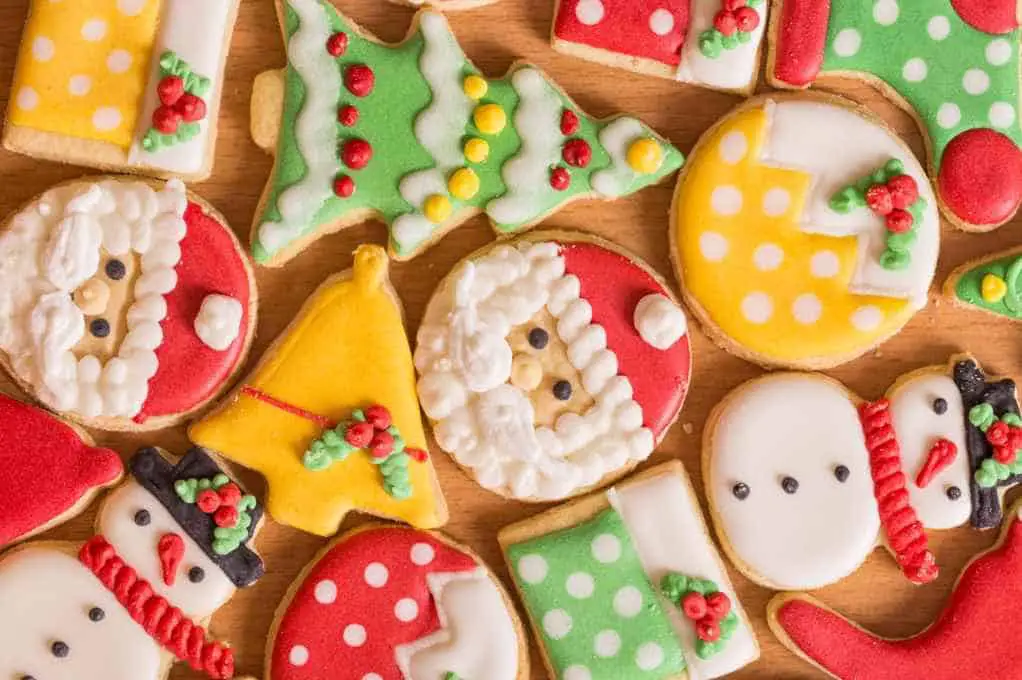
Sugar enhances the color of baked goods, particularly when you use brown sugar, which contains molasses. Molasses in the brown sugar reacts with other ingredients to form a deeper and more attractive brown color.
The more sugar you use, the browner your product will be. Baked products such as cookies require a lot of brown sugar to have a more attractive and flavorful deep brown color.
Sugar also helps to retain moisture in baking and keeps color intact. Moisture is not only significant in enhancing the texture of baked goods, but it also enhances and retains their deep color. Baked products with less moisture have poor color retention as they turn darker when water escapes.
Sugar also helps to create color in baked products through caramelization, which is vital for developing deep brown color in baked products like bread and cookies. Such products will contain a lot of sugar hence the deepened brown color. Caramel also enhances the flavor of your product.
Sugar adds sweetness to baked goods
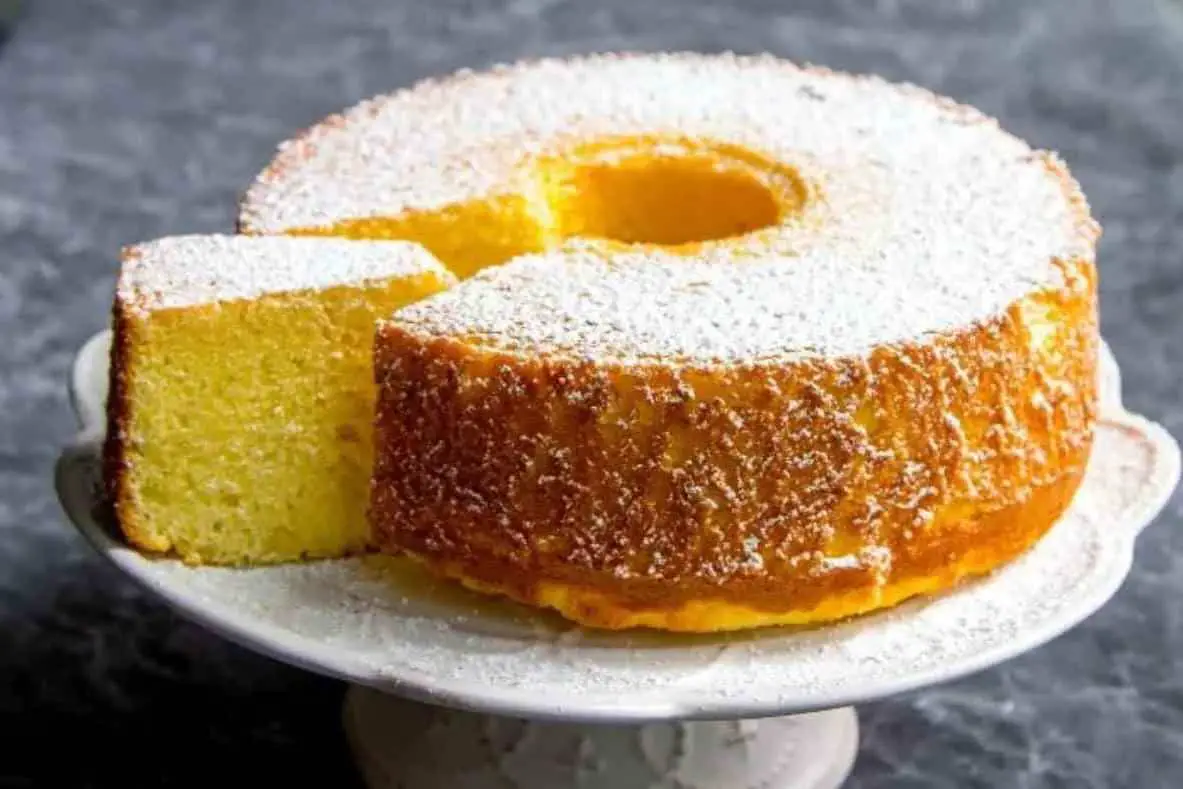
Sugar directly adds sweetness to baked goods by dissolving in liquid ingredients. They then form particles that coat your tongue’s taste buds, generating a sweet, flavorful sensation.
Another way sugar adds sweetness to baked products is its ability to form syrup when mixed and heat it with common baking ingredients liquids such as milk and water.
Therefore, the syrup it forms helps to add direct sweetness to baked products and is also a major determinant of the texture and moisture of the resultant product.
Sugar also adds sweetness to baked goods through caramelization. Caramelization does not only help in crust formation but also in enhancing the sweetness of baked goods. When sugar caramelizes, it gives baked products a unique, complex essence that significantly contributes to the sweetness.
Here is a video of how to caramelize sugar without burning it. In the end, you will see what caramelized sugar looks like.
Sugar helps in the preservation of baked goods
Sugar prevents the growth of bacteria, such as molds, that makes baked products easily go bad. However, when you add sugar as an ingredient, it will help keep the baked goods fresher for a longer time as compared to sugarless products.
The moisture retention property of sugar aids in keeping baked products moist, which increases their shelf-life. When baked goods lose their moisture, they dry out and easily decay. Sugar is especially vital for baked goods such as cookies, bread, and cakes with a relatively long shelf-life.
Sugar also adds flavor to baked goods, enabling them to maintain their original taste no matter their stay on the counter. It does this by balancing out the flavors in the ingredients used in the recipes. Consequently, baked goods will be consumed to completion and reduce the prospects of wastefulness.
Sugar helps to add texture to baked goods
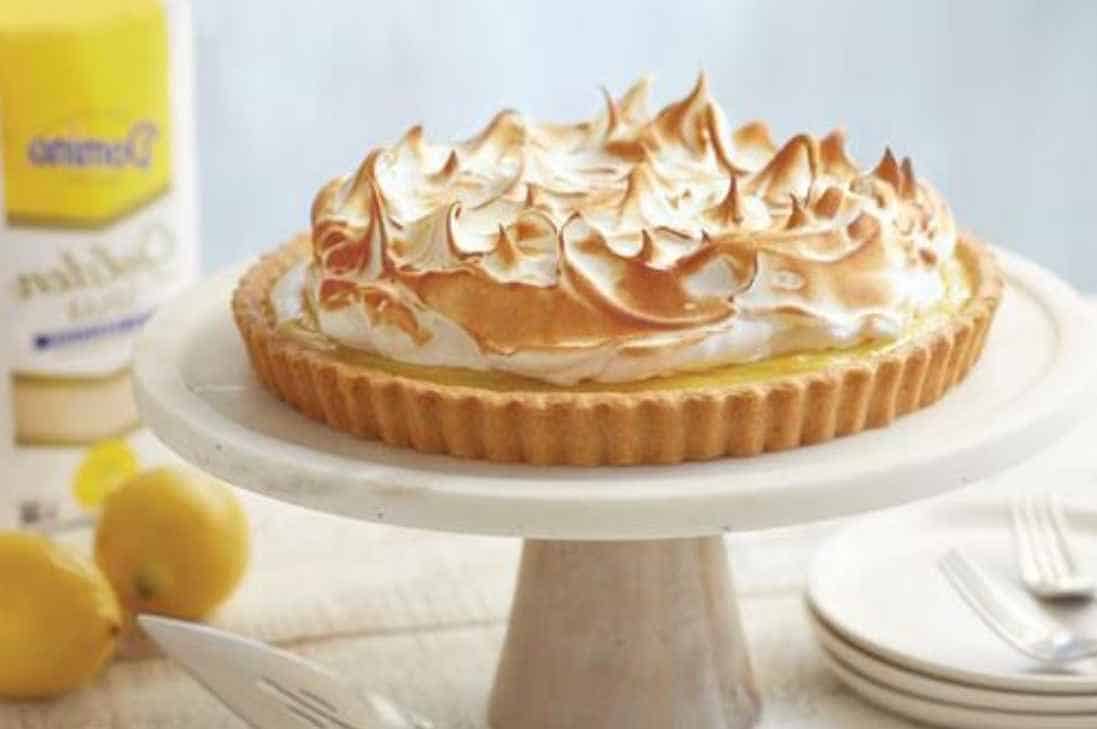
Sugar adds texture to baked products through the caramelization process. When sugar is heated, it forms caramel which helps to bind together the ingredients of a baked product into one compact structure. This compact structure is held together by the crust, which is the outer colored layer of the baked product.
Sugar is also used in the fermentation process. When baking goods such as bread and buns, sugar is added to feed on the yeast to produce carbon dioxide. The carbon dioxide gas is essential for the rising of the dough so that the final products are soft and fluffy.
Sugar helps to give structure and tenderness to baked goods by interfering with the gluten formation process. Gluten is vital in baking.
However, it should not be produced in excess because it will make the baked product chewy and tough. So sugar ensures that gluten is not overly produced, leading to a complex but tender structure of a baked product.
Sugar acts as a leavening agent
Sugar in baked goods helps in fermentation when yeast is used. Yeasts feed on sugar to produce carbon dioxide. Carbon dioxide gas is trapped in the dough, making it rise and become fluffy and light. The leavening aspect is essential as it gives the goods, such as cakes and bread, their desired feel.
Sugar also helps to delay the setting of the starch ingredient of flour. Baked products such as cakes require longer baking time. Yet, the cake will be heavy and dense if their starch content sets earlier. Hence, their sugar availability allows the product to be nicely baked before the starch sets, leaving you with a light and fluffy cake.
Sugar is equally significant as a leavening agent as it stabilizes foam when making meringue cream. It helps achieve a high-quality foam by absorbing water and preventing it from evaporating.
Here is a video that will help you understand the importance of sugar in baking.
Summary
So, what does sugar do to baking? Well, now you know that sugar is crucial in baking. It adds sweetness and color to baked products, serves as a leavening agent, enhances the texture of baked products, and is also used as a preservative for a longer shelf-life of baked goods.
